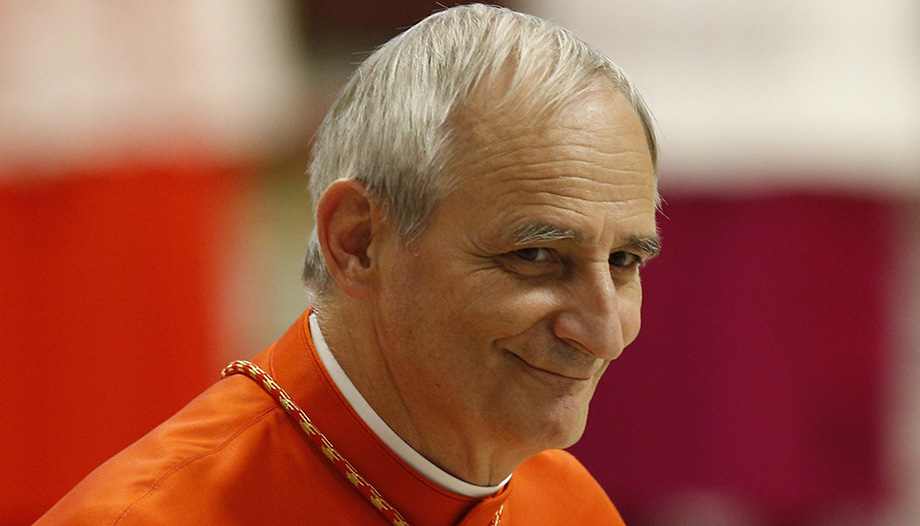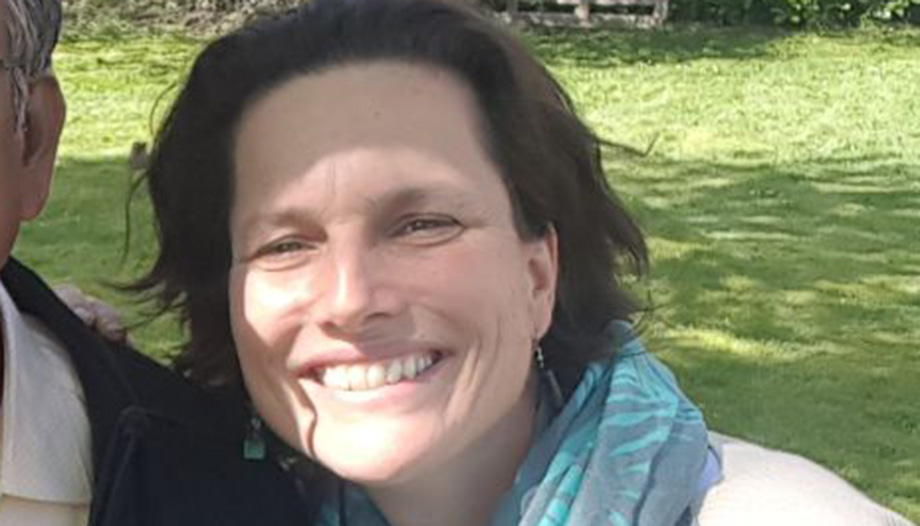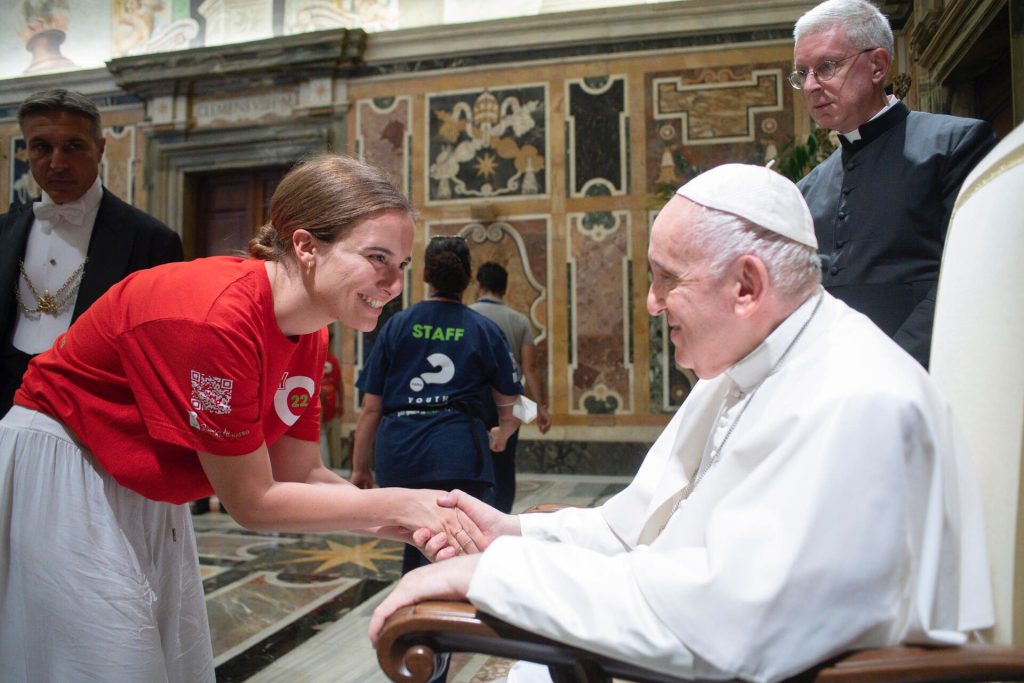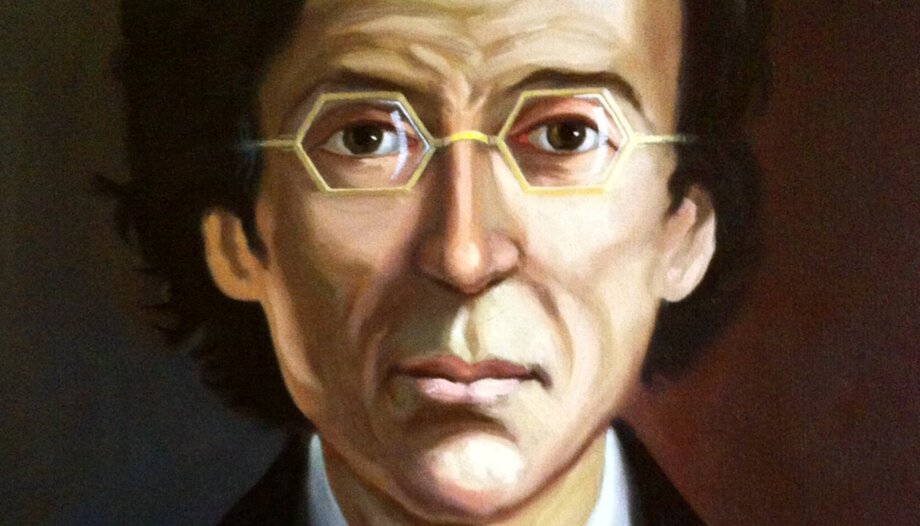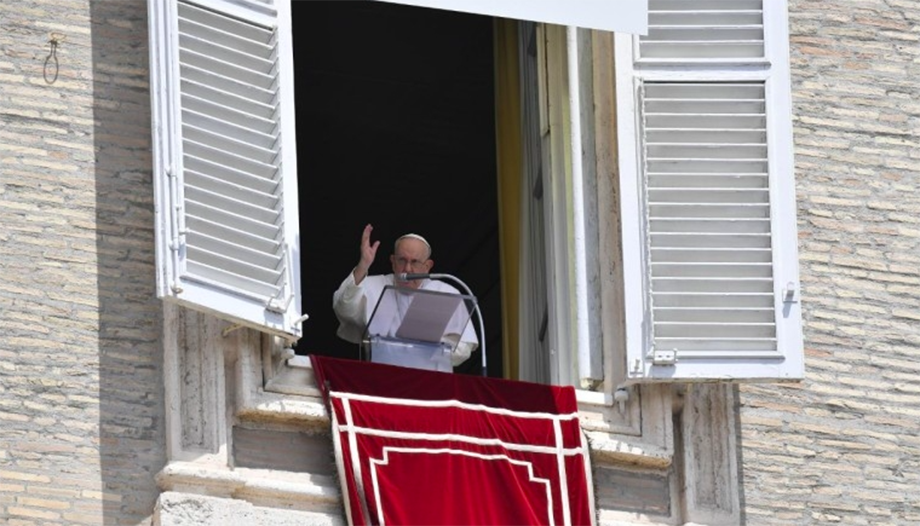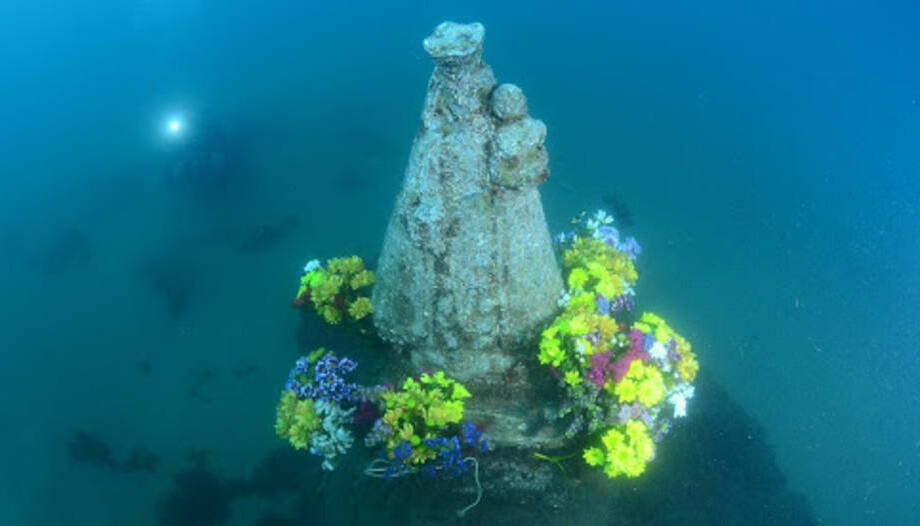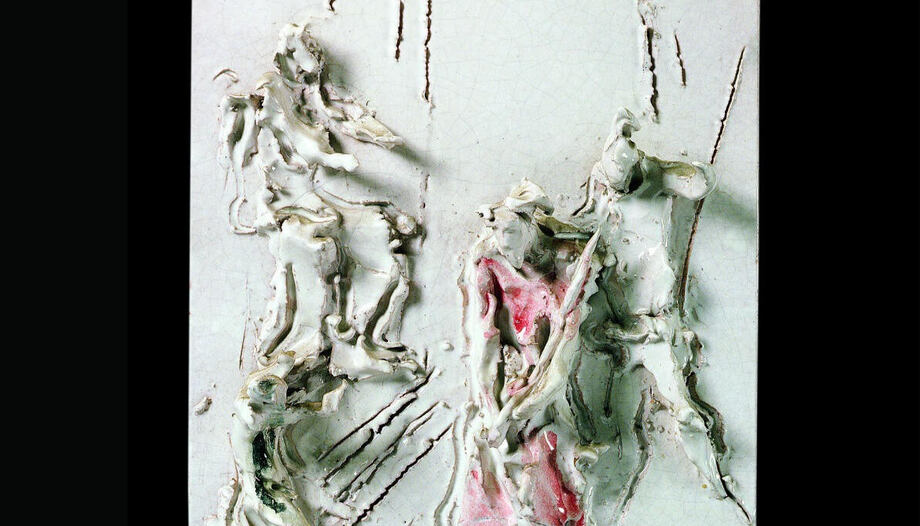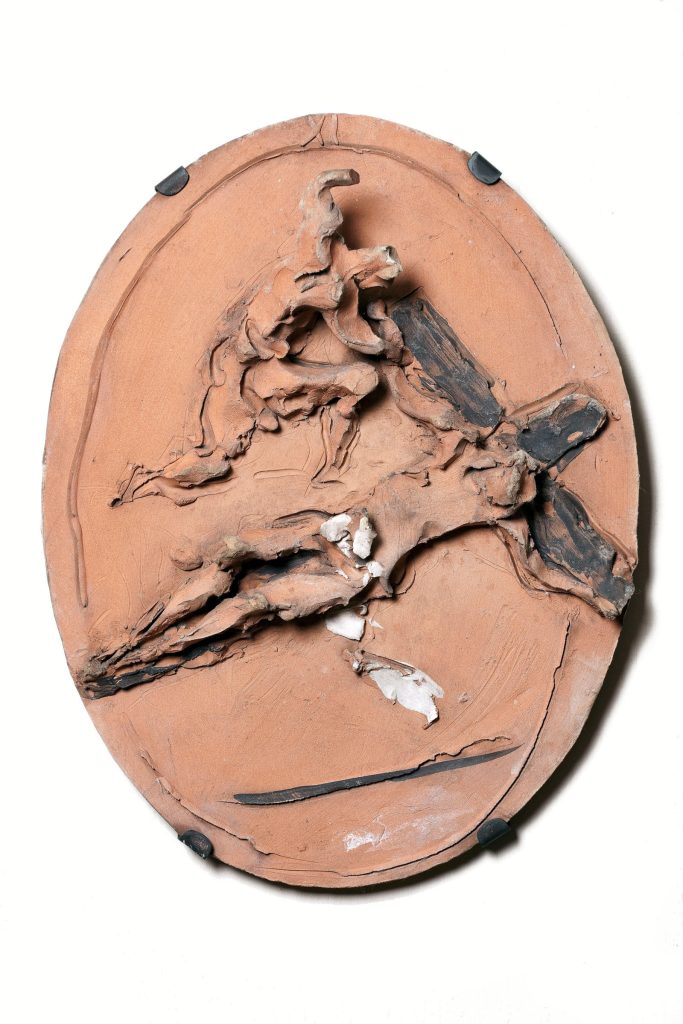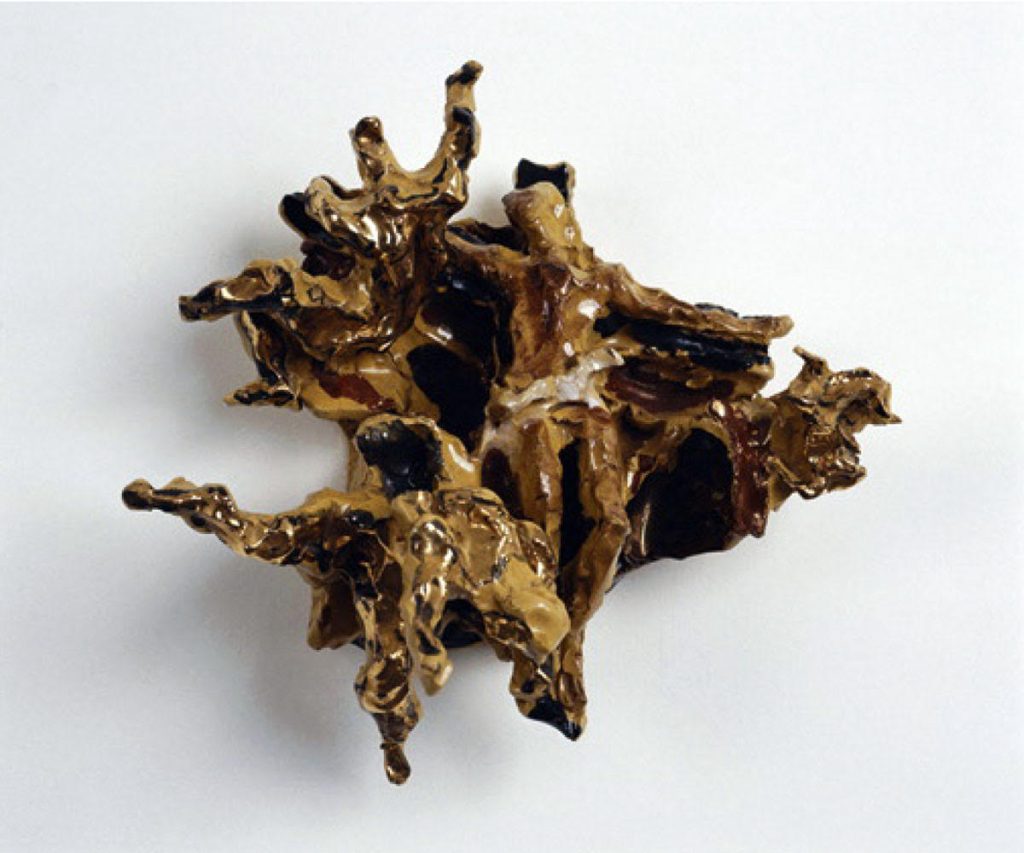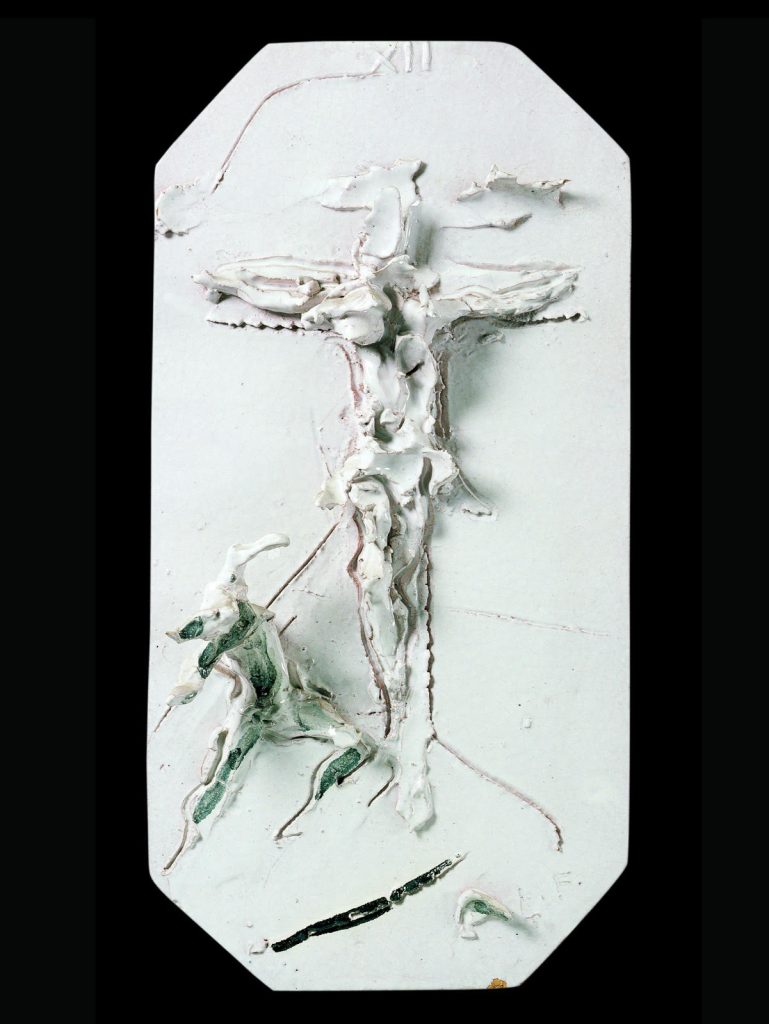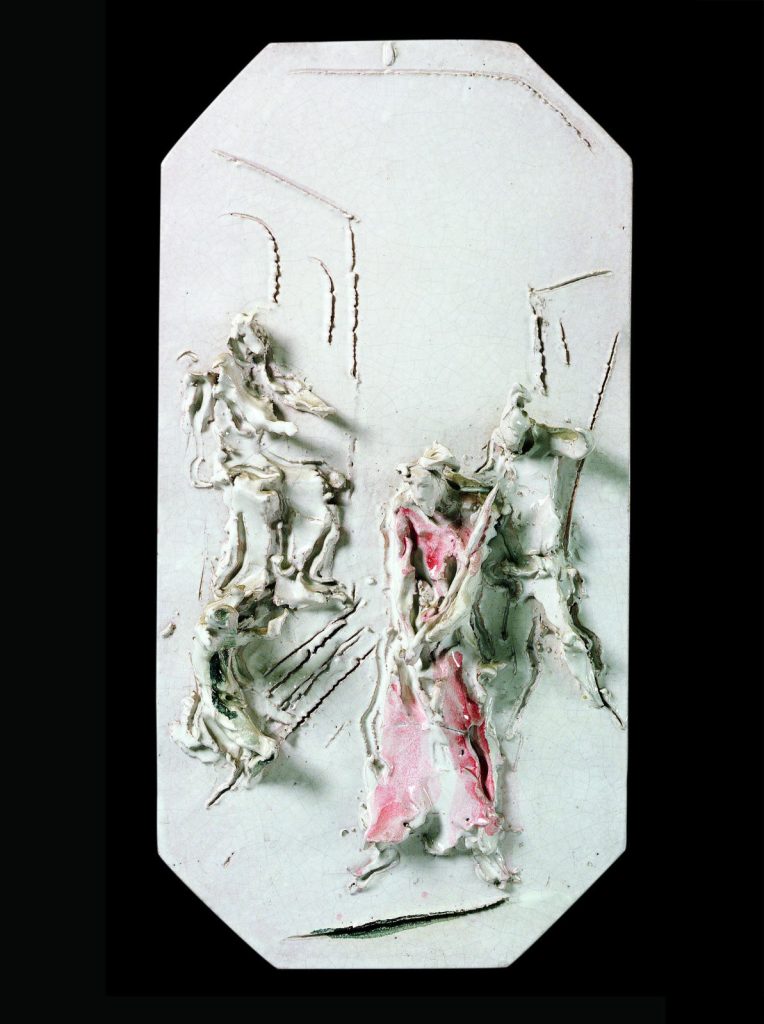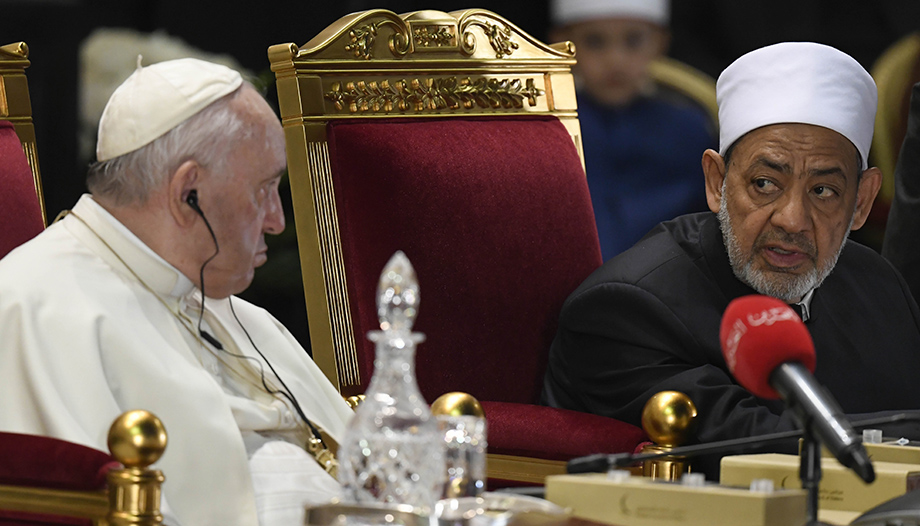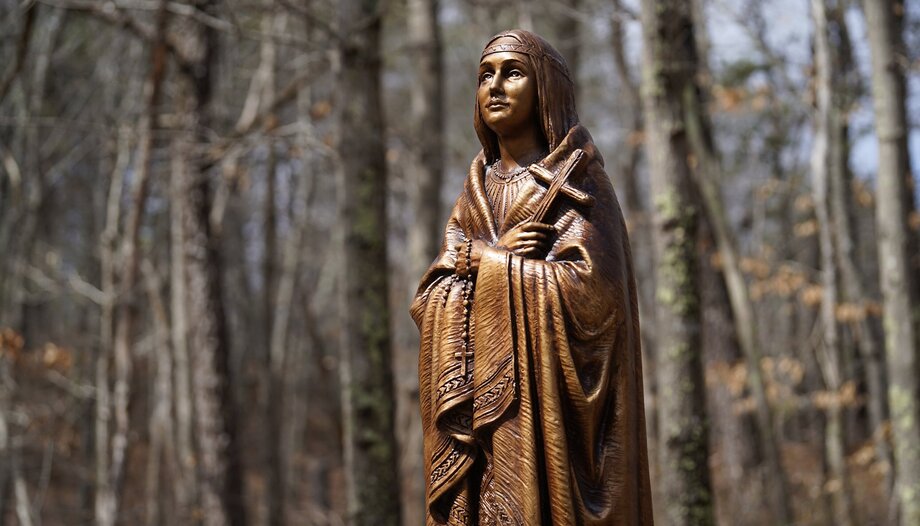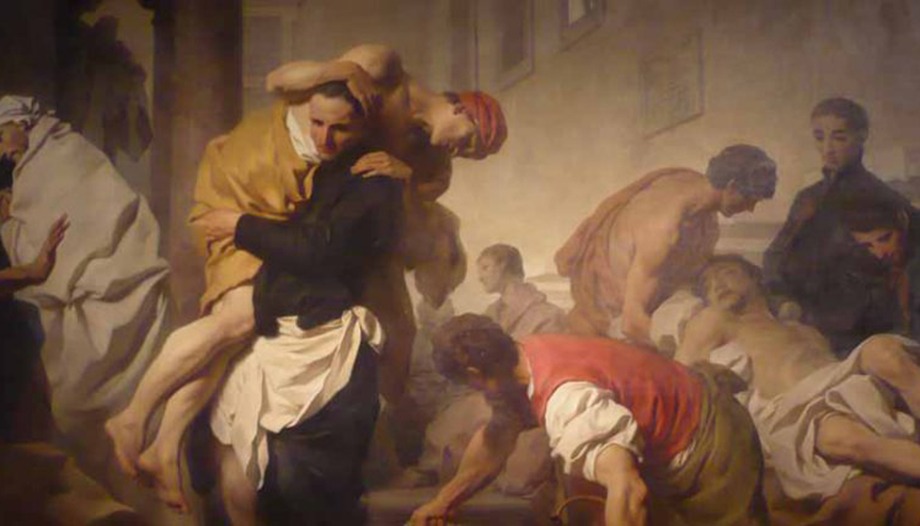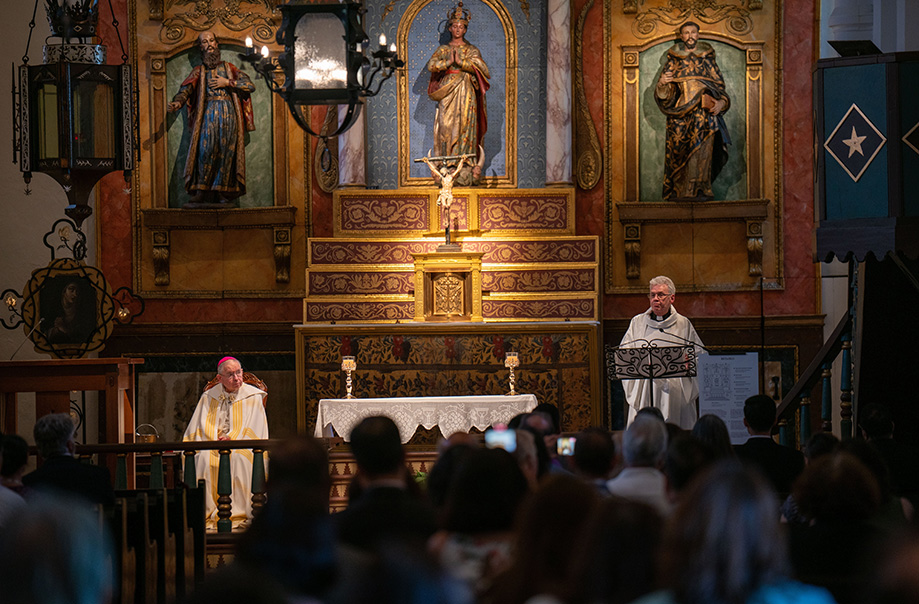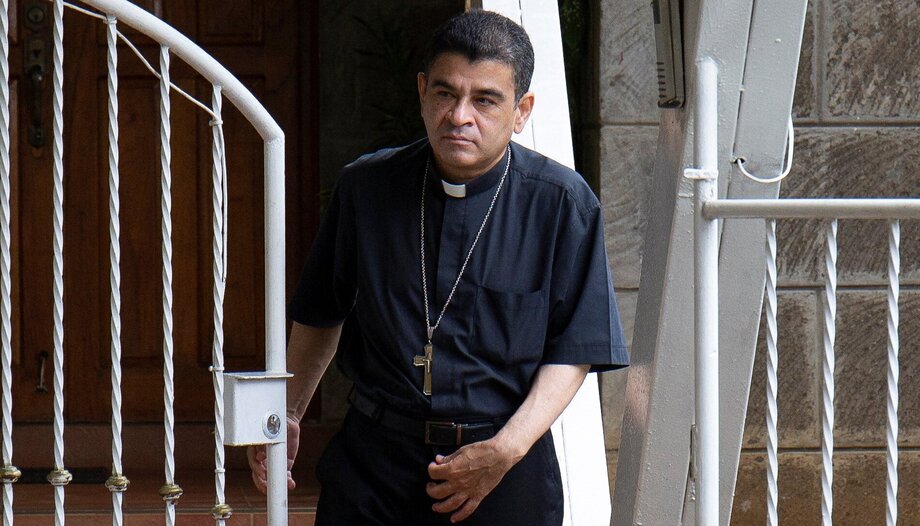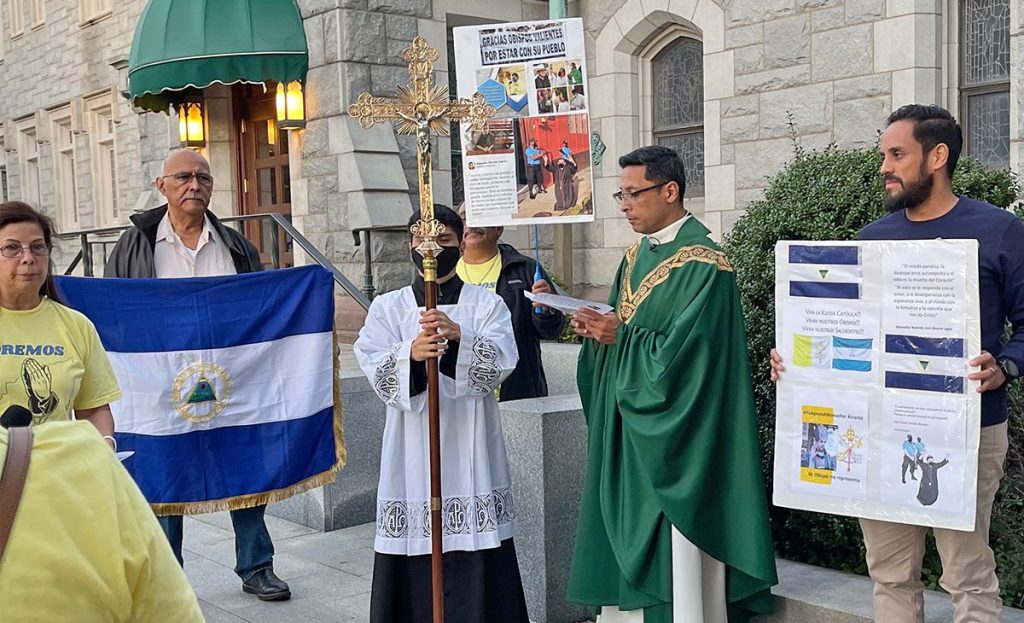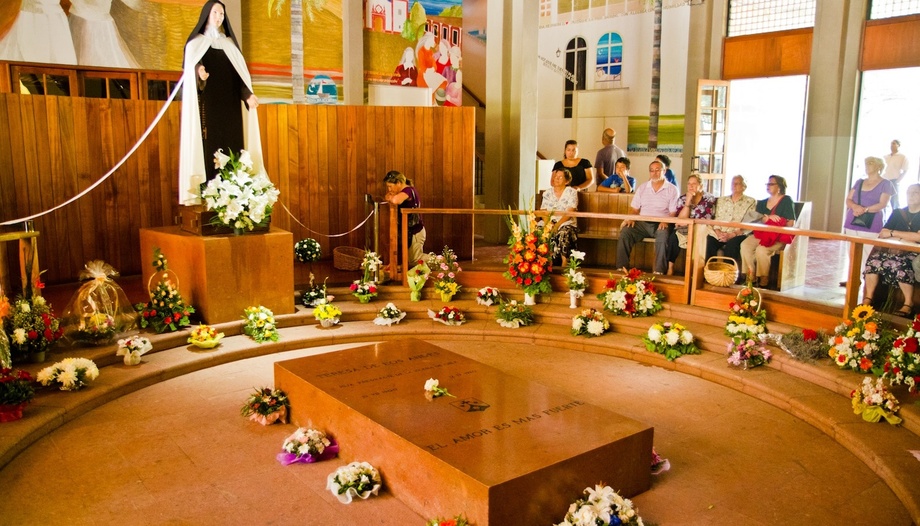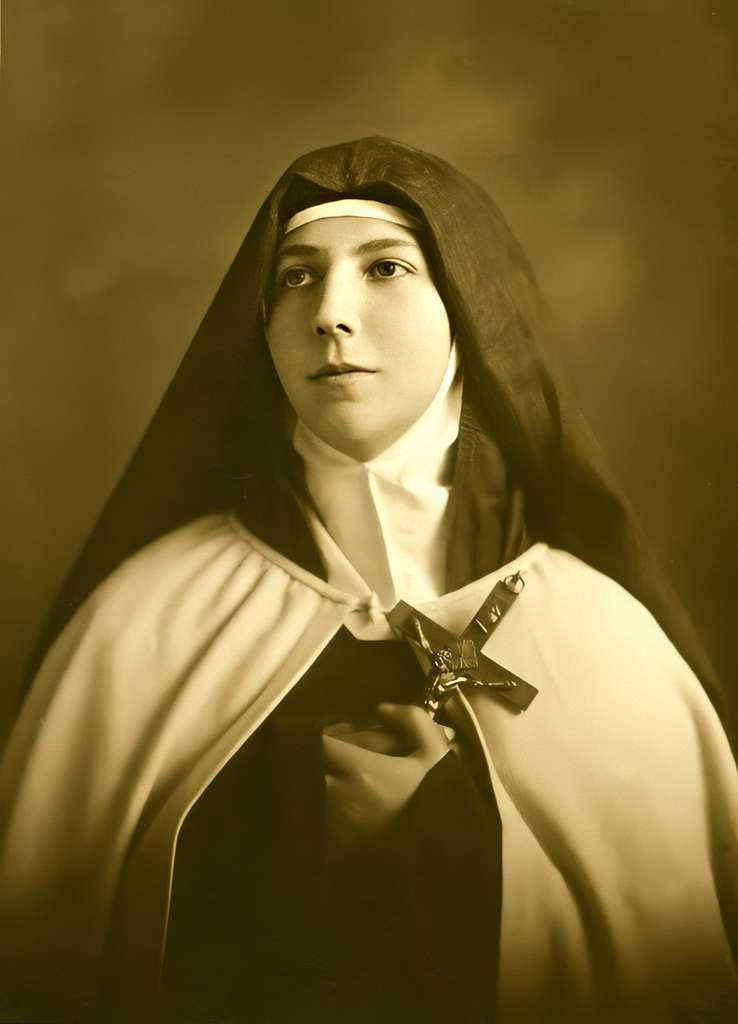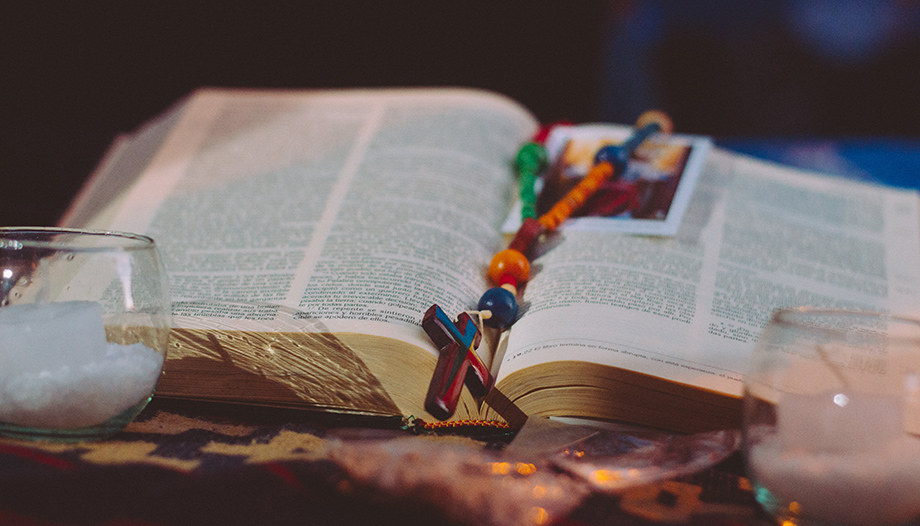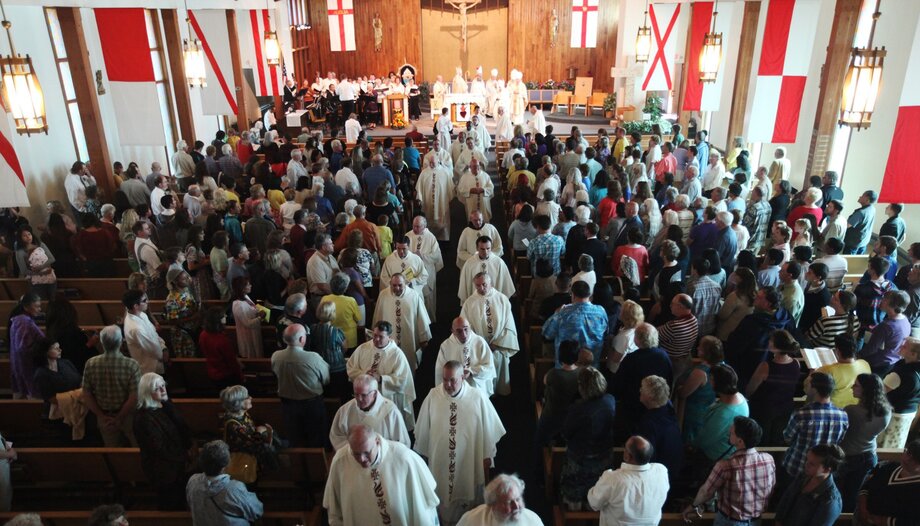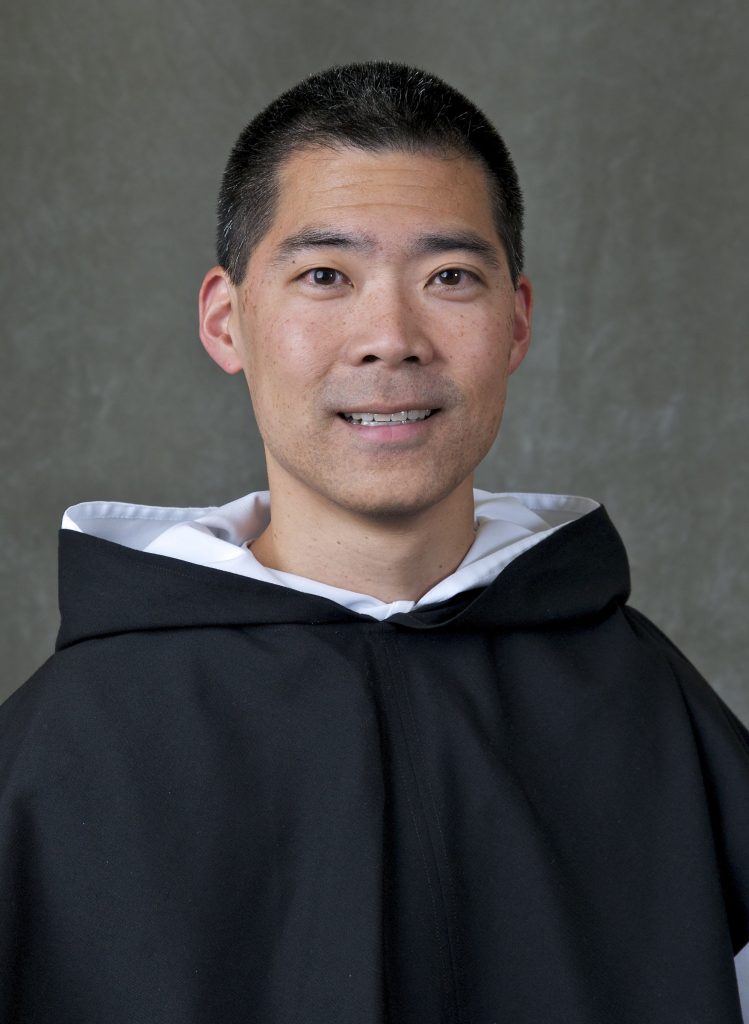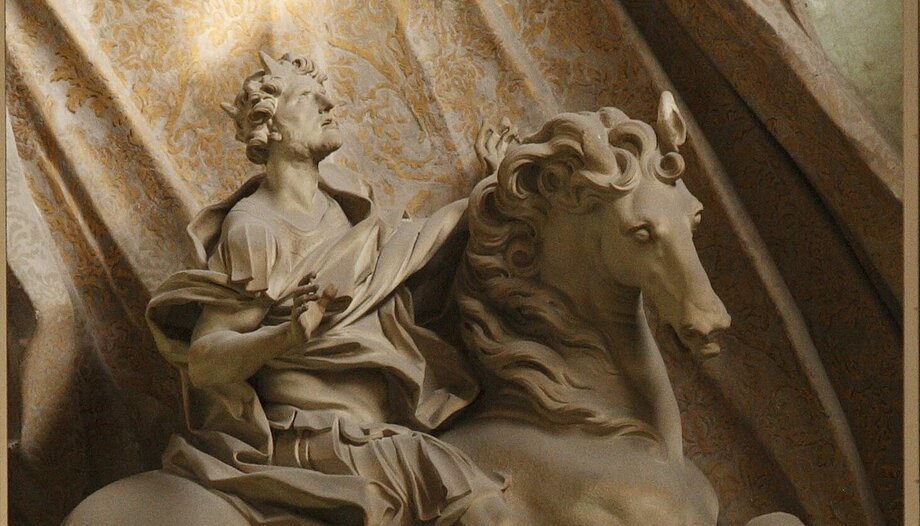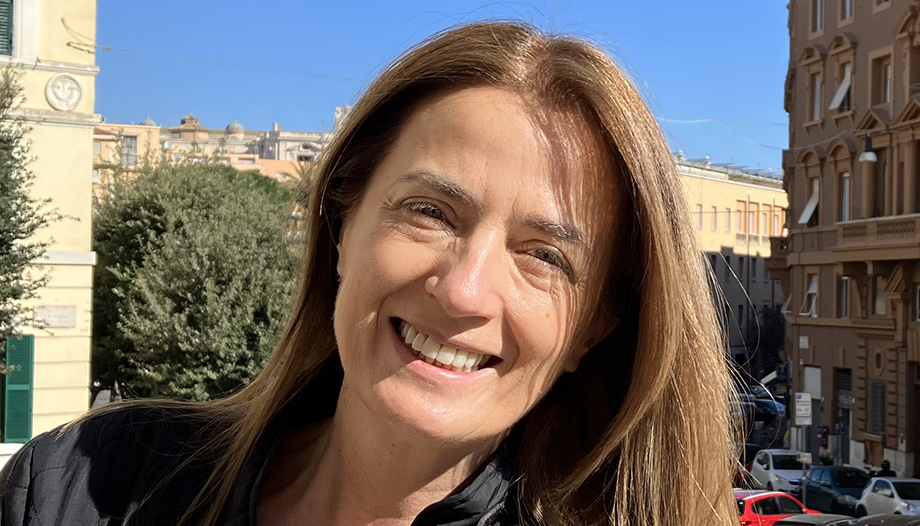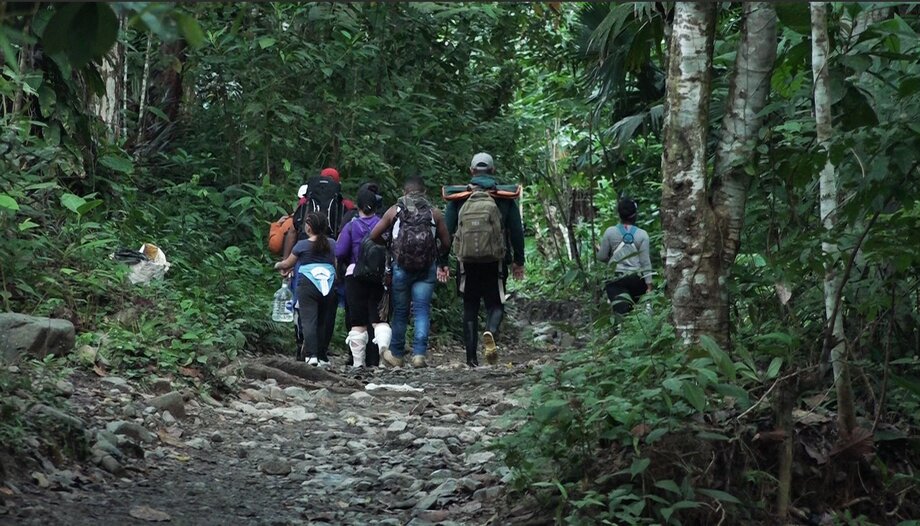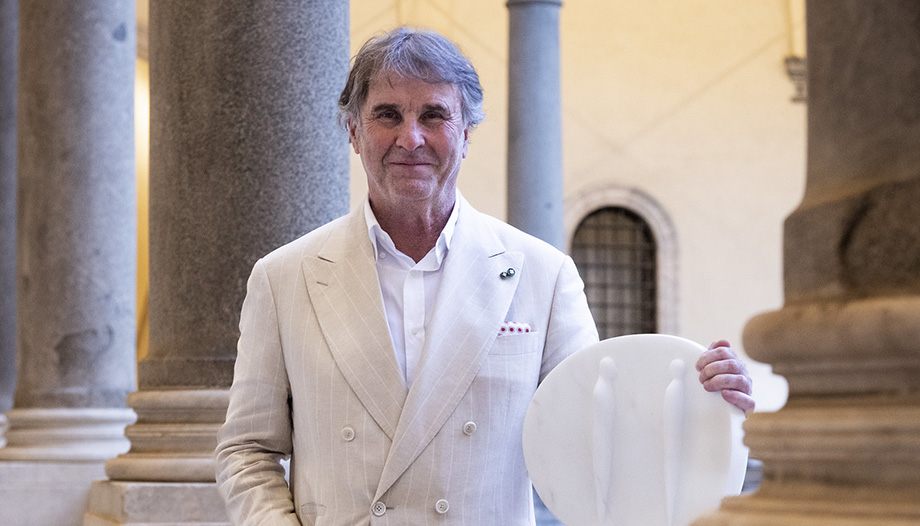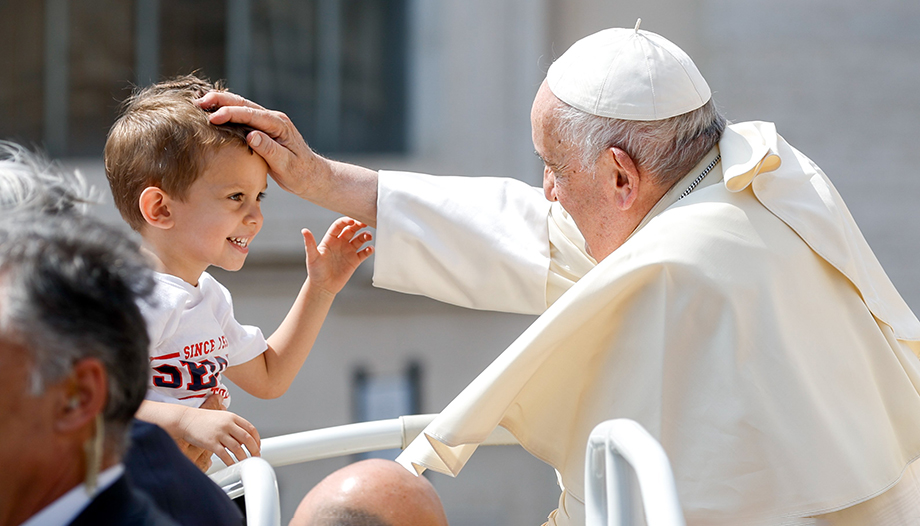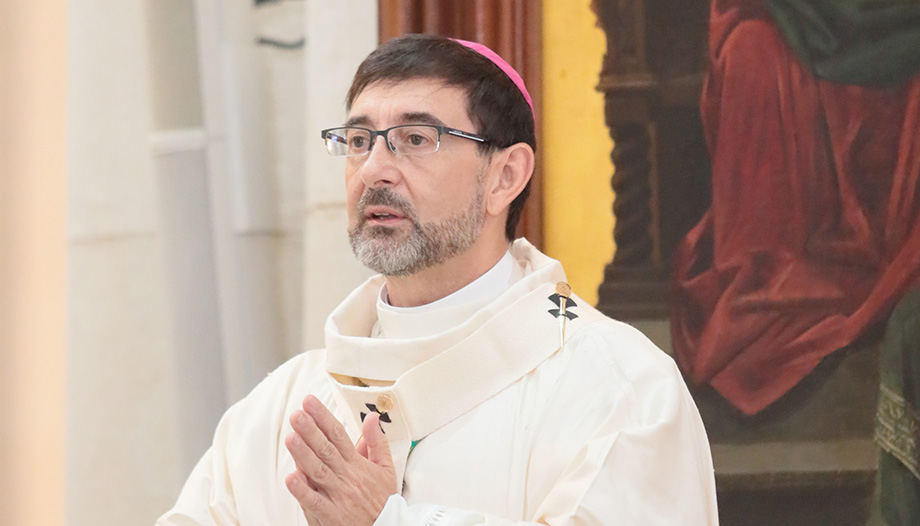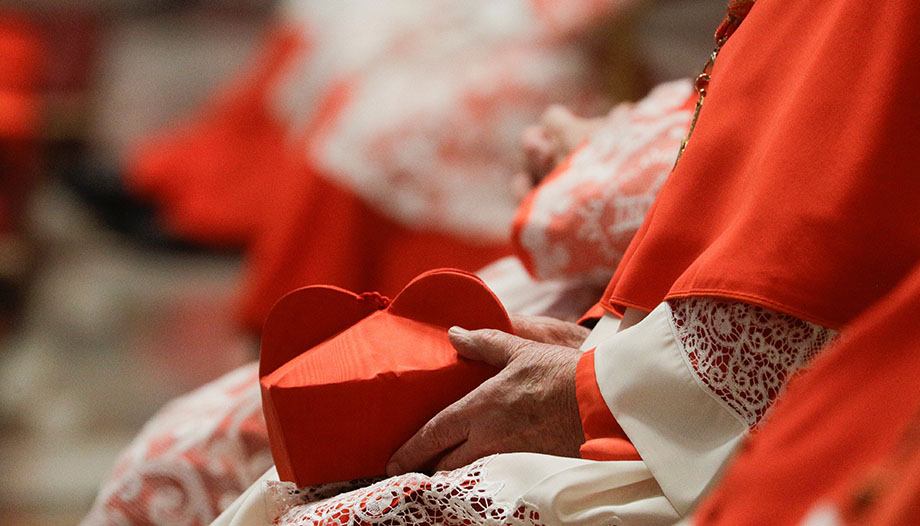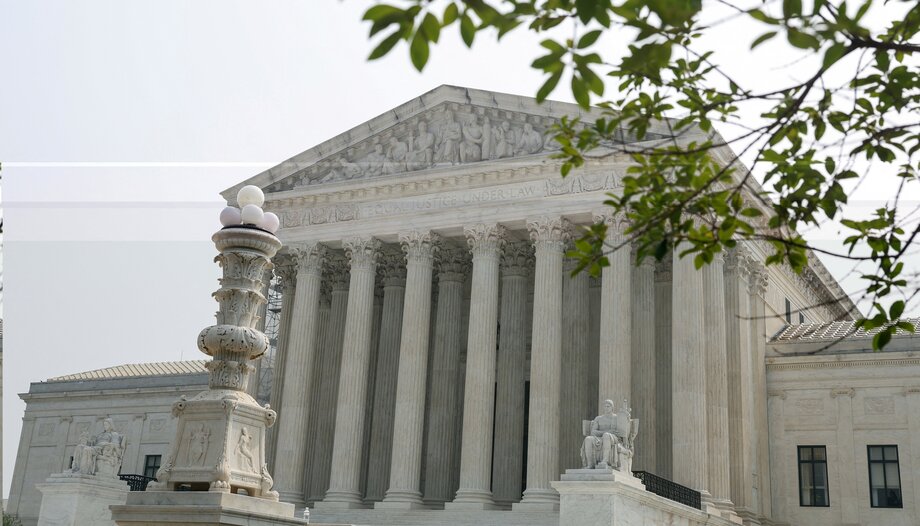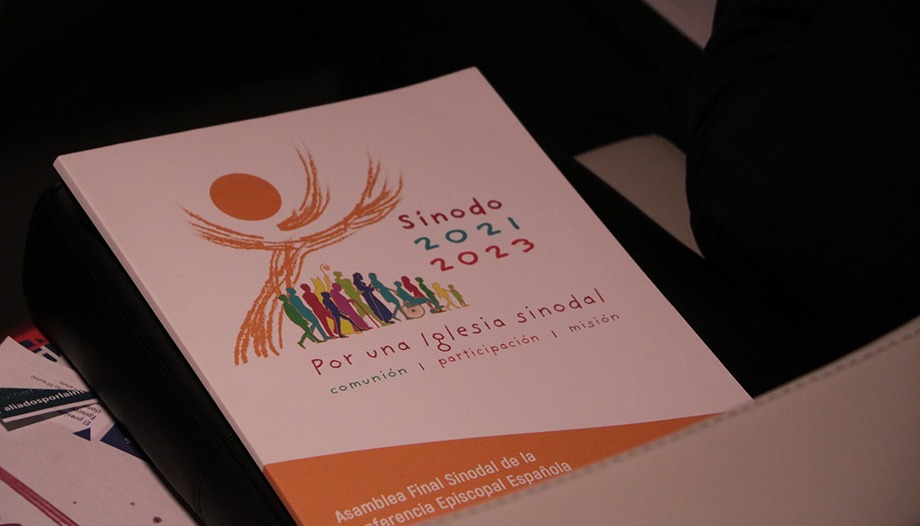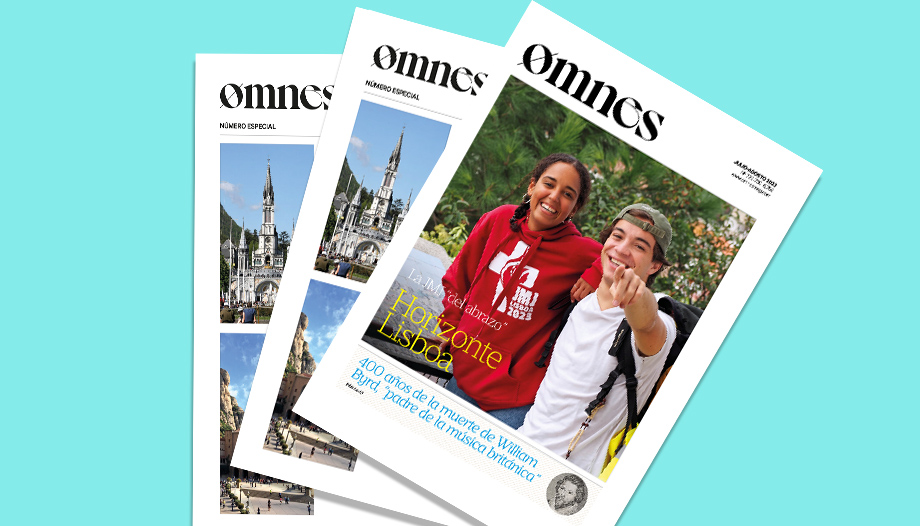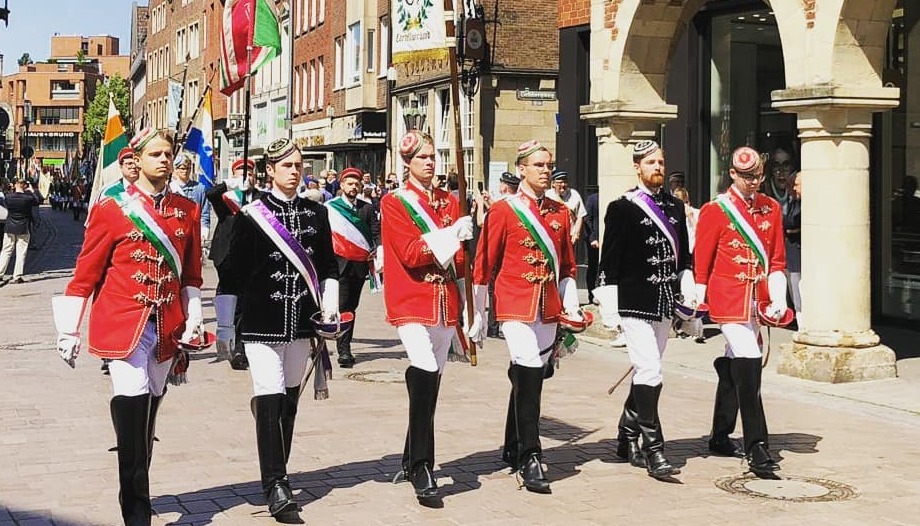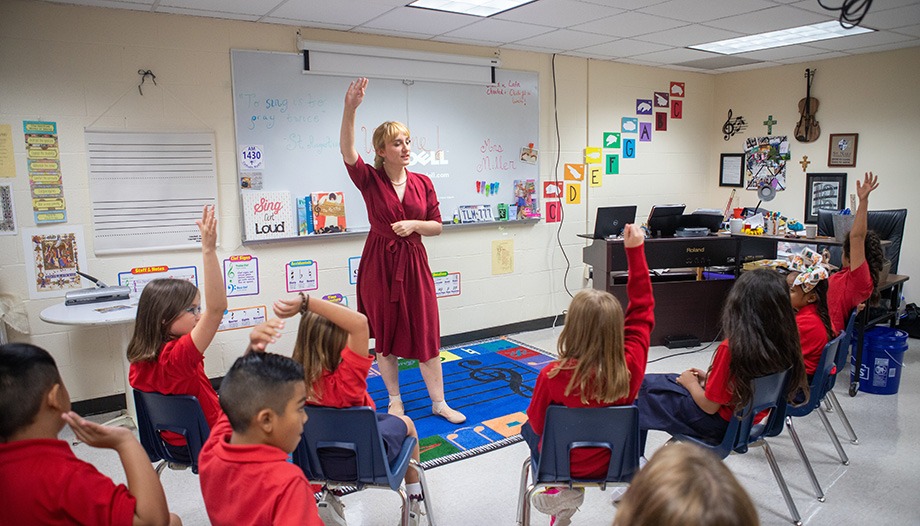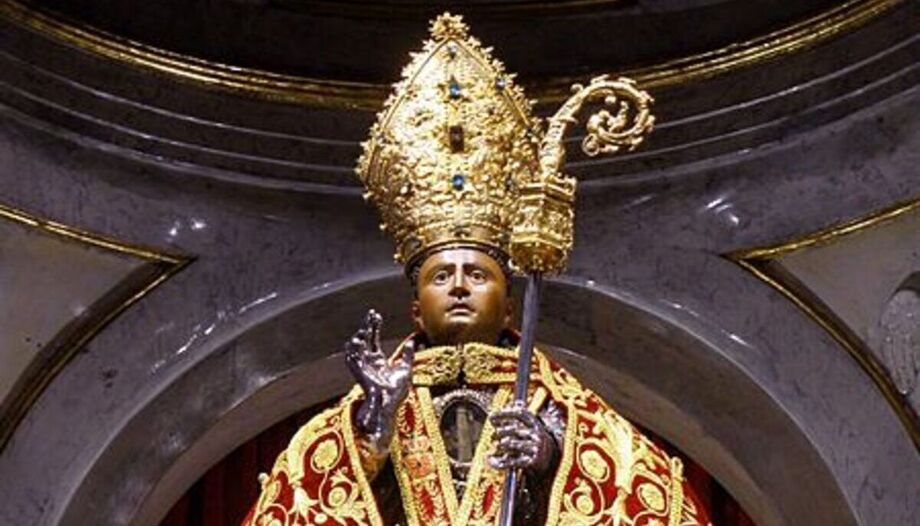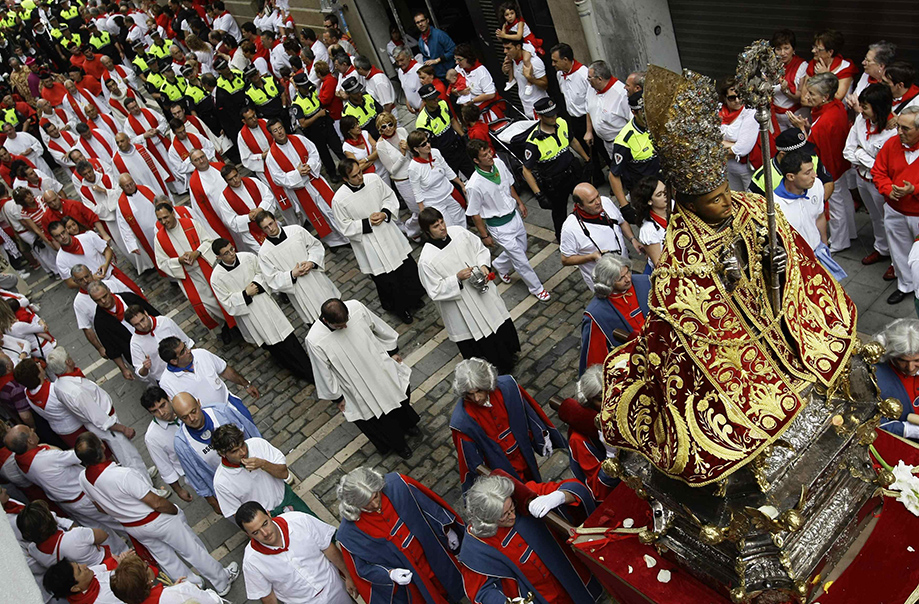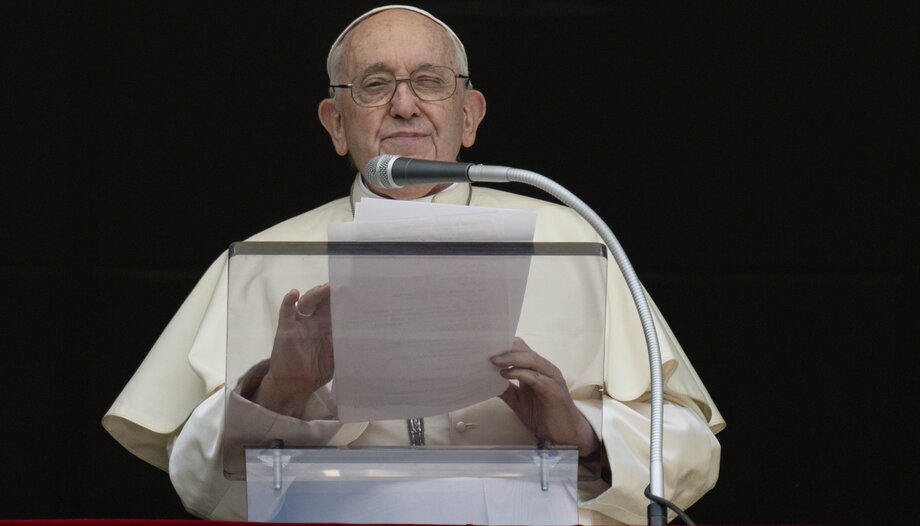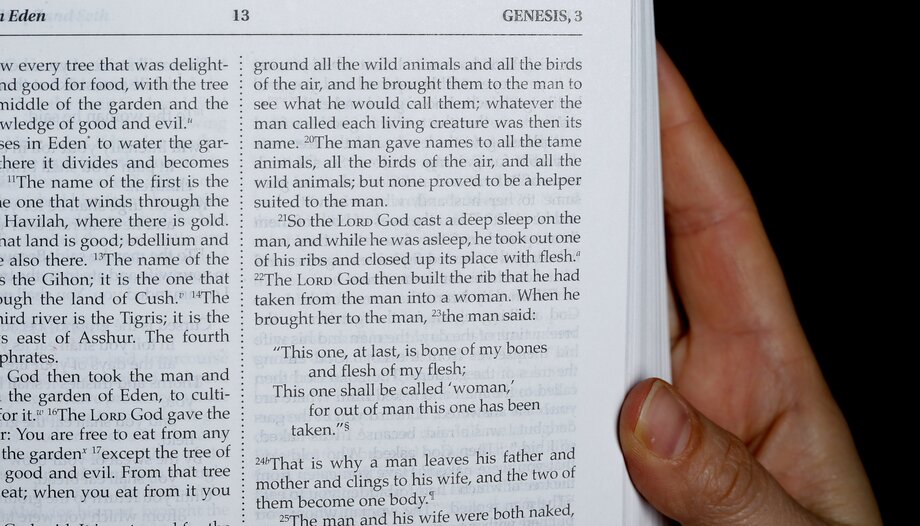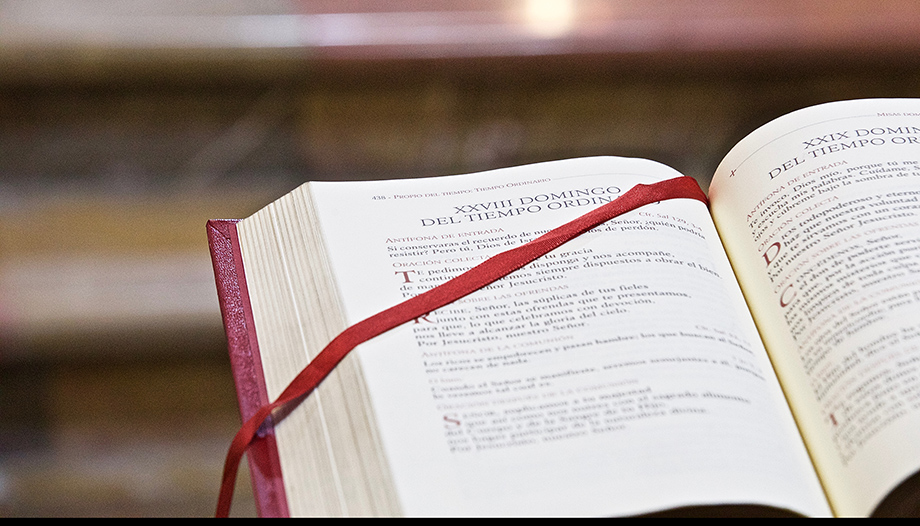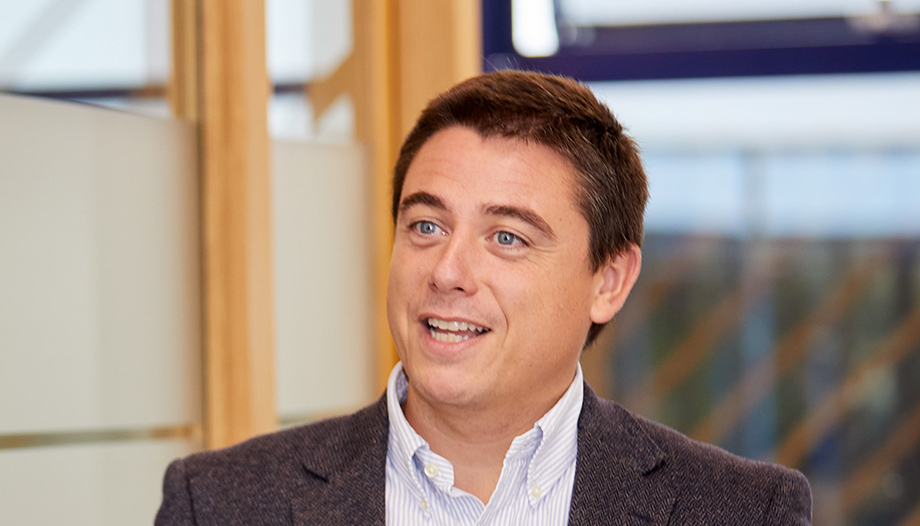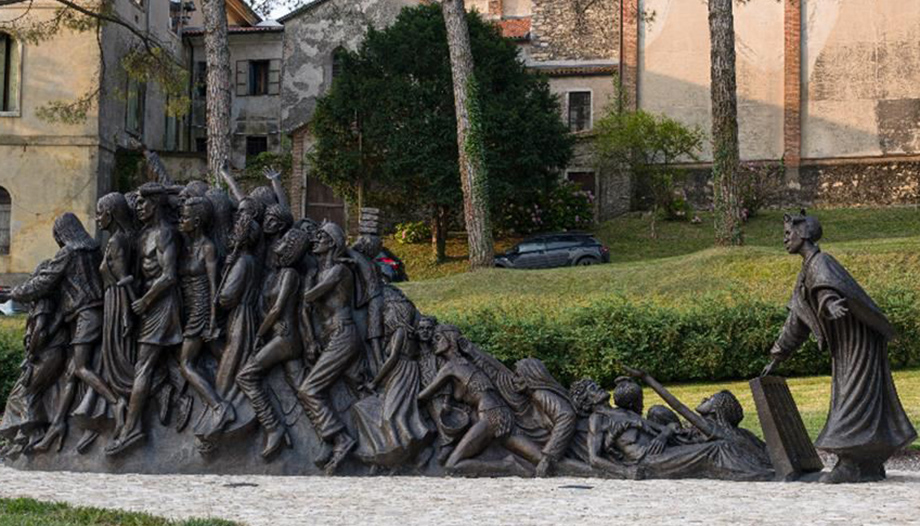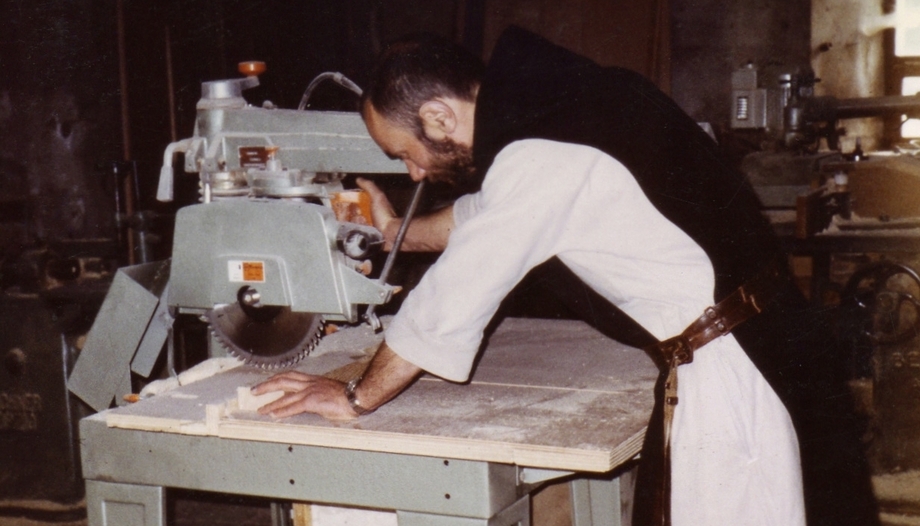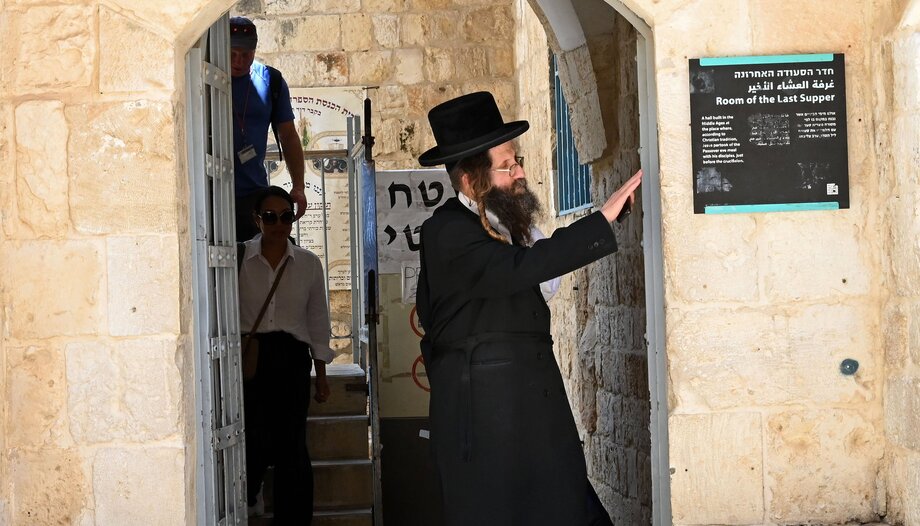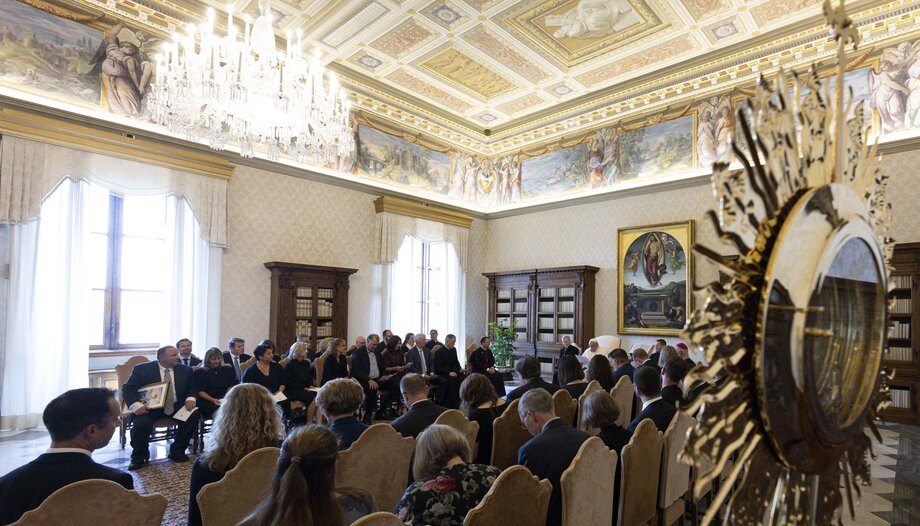Among the Pope's teachings during the past weeks, the "red thread" of the Holy Spirit's action in the Church and in Christians stands out. His action continues to be present among us, as a creative impulse that blows from many points and finds varied channels in the life of the Church and of each Christian. The ongoing synodal process is a channel for this, as is the action in favor of the family.
Holy Spirit, creative heart
In the liturgical celebration of Pentecost (cf. Homily, May 28, 2023), the Pope underlined three moments in the action of the Holy Spirit: in the world he has created, in the Church and in our hearts.
The Holy Spirit has intervened in creation and continues to be creative. Out of chaos and disorder he produces harmony, for "he himself is harmony." (St. Basil, In Psal. 29, 1: a text, let us note, that promotes the praise of God, as if the holy doctor were telling us that harmony is based on knowing and loving God and making him known and loved).
Against that backdrop, the Pope looks at our current situation: "Today in the world there is much discord, much division. We are all connected and yet we are disconnected from each other, anesthetized by indifference and oppressed by loneliness.". Here we can see the action of the devil (a word that literally means "he who divides"). Wars, conflicts, divisions, discord that we cannot overcome by ourselves. That is why "the Lord, at the culmination of his Passover, at the culmination of salvation, poured out upon the created world his good Spirit, the Holy Spirit, who opposes the spirit of division because he is harmony.".
And so it is linked to his action in the Church. An action that did not begin by giving instructions or norms to the Christian community, but by descending with his gifts upon the apostles. He did not create a uniform language for all, nor did he eliminate differences and cultures, but "harmonized everything without homologation, without uniformity".
Docility to the Holy Spirit
At Pentecost - the Pope observes -"all remained filled with the Holy Spirit" (hch 2, 4). "'All full', this is how the life of the Church begins; not by a precise and articulated plan, but by the experience of God's love itself.". And this tells us that we Christians must know and feel that we are brothers and sisters, "...".as part of the same body to which I belong"that is, the Church. And the way of the Church, as the synod we are holding underlines, is a way according to the Holy Spirit. "Not a parliament to claim rights and needs according to the world's agenda, not the occasion to go where the wind blows us, but the opportunity to be docile to the breath of the Spirit.".
St. Paul VI pointed out that the Holy Spirit is like "the soul of the Church". In fact, this is an expression of the Fathers of the first centuries, especially St. Augustine. And Pope Francis makes it his own in order to affirm that the Spirit is "the heart of synodality, the engine of evangelization". "Without Him" -adds- "the Church remains inert, faith is a mere doctrine, morals only a duty, pastoral work a mere job.". On the other hand, with Him, "faith is life, the love of the Lord conquers us, and hope is reborn.". He is capable of "harmonizing hearts".
This is the path the Pope proposes: docility to the Holy Spirit, welcoming his creative power, capable of harmonizing the whole; opening, with forgiveness, space for the Spirit to come; promoting reconciliation and peace, and not negative criticism. It is a call to unity: "We are called to be united.If the world is divided, if the Church is polarized, if the heart is fragmented, let us not waste time criticizing others and getting angry with ourselves, but let us invoke the Spirit.".
Shaking off fear
On the same day, during the praying of the Regina Caeli (Sunday, May 28, 2023), the successor of Peter insisted that "with the gift of the Spirit, Jesus wants to free the disciples from fear, from that fear that keeps them locked up in their homes, and frees them so that they can go out and become witnesses and announcers of the Gospel.".
And the Pope was looking at that being "enclosed". Because we too often close in on ourselves, in the face of a difficult situation, a personal or family problem, a suffering that makes us lose hope... And then we become entrenched in this labyrinth of worries. And then fear controls us. A fear to face the daily battles, to be disappointed or to make mistakes. A fear that blocks and paralyzes us, and also isolates us, because it separates us from the stranger, the different, the one who thinks differently. And it can even be a fear - which is certainly not the holy fear of God - that God will get angry and punish us.
But the Holy Spirit freed the disciples from fear, and launched them to forgive sins and proclaim the Good News (which means the Gospel) of salvation. Therefore, what we have to do - insists Francis - is to invoke the Holy Spirit: "In the face of our fears and our closures, then, let us invoke the Holy Spirit for ourselves, for the Church and for the whole world: so that a new Pentecost may drive away the fears that assail us - drive away the fears that assail us - and rekindle the fire of God's love.".
A synodality of the Holy Spirit
In the same vein, the Bishop of Rome addressed the participants in a national meeting of diocesan leaders of the synodal process in Italy (Address in the Paul VI Hall, 25 May 2023). He began by saying that the synodal process is making possible the participation of many people around crucial themes and added that he wanted to propose some criteria to them, responding to their concerns.
Walking together and open
First, he encouraged them to "continue walking"under the guidance of the Holy Spirit, serving the Gospel in a spirit of gratuity, freedom and creativity, without being weighed down by structures or formalisms.
Second,"building the Church together", all as co-responsible missionary disciples of the mission, without falling into the temptation of reserving evangelization to some pastoral agents or small groups (cfr. Evangelii gaudium, 120). "All baptized" -says the Pope- "is called upon to participate actively in the life and work of the in the mission of the Church, starting from the specifics of their vocation, in relation to others and to other charisms, given by the Spirit for the good of all.".
Third, to be a "Open ChurchThe Pope's successor emphasized that "the gifts of those who perhaps do not yet have a voice or are ignored, or who feel left out, perhaps because of their problems and difficulties. Nevertheless, the Successor of Peter emphasizes, "the Church must let the heart of God be transparent: a heart open to all and for all.", as seen in the words of Jesus in Mt, 22, 9:"Go now to the crossroads of the roads and all those you meet, call them to the wedding.".
Call everyone, everyone!
That is to say - interprets Francisco -, to call to all: sick and not sick, righteous and sinners. "So we must ask ourselves how much space we make and how much we really listen, in our communities, to the voices of young people, of women, of the poor, of those who are disappointed, those wounded by life, and those angry with the Church". And, thus, he emphasizes: "As long as its presence is only a sporadic note in the whole of ecclesial life, the Church will not be synodal, but a Church of a few.". It is striking that the Pope insists on the fact that all (in a representative way) can participate in the synodality.
And, taking up arguments that he has used on other occasions, he refers to the obstacle of the self-referentiality as a disease of certain Christian communities (my parish, my group, my association...). He qualifies it as "mirror theology" o "neoclericalism on the defensiveThis is being generated by a fearful attitude of complaint in the face of a world that "... is a world that is not a place of peace".no longer understands", in which "young people are lost"and the desire to emphasize one's own influence is imposed.
Fourth, in order to combat this attitude, the successor of Peter proposes "joy, humility and creativity"The awareness that we are all "vulnerable"and we need each other. He proposes "to walk seeking to generate life, to multiply joy, not to extinguish the fires that the Spirit kindles in hearts [...], to allow ourselves to be illuminated in our turn by the radiance of their consciences that seek the truth".
Fifth and last, Francis challenges ".to be a 'restless' Church with the concerns of our time"We must allow ourselves to be questioned by them, to bring them before God, to immerse them in the Passover of Christ... rejecting the great temptation of fear. It is necessary, he insists, to show our vulnerability and at the same time our need for redemption. And, for this, to listen to the testimonies, to go out to meet everyone to announce to them the joy of the Gospel, trusting in the Holy Spirit who is "...".the protagonist of the synodal process".
Hence the Pope convincingly concludes by saying that the Synod is not made by us. "The Synod will go forward if we open ourselves to Him, who is the protagonist.". And regarding fear, he adds: "There is no need to be afraid when disorders arise due to the Spirit; but to be afraid when they are provoked by our selfishness or by the spirit of evil.".
Promoting synergies in favor of the family
Consistent with this "call everyone"In the context of the Global Education Pact that Francis is taking up again after the pandemic, there is the part corresponding to the family.
In a message for the launch of the Family Global Compact (World Pact for the Family), announced on May 30 but signed on May 13, 2023, the Pope encourages the promotion of synergies between the pastoral care of the family and the centers of study and research on the family present in Catholic or Catholic-inspired universities throughout the world.
"In this time of uncertainty and hopelessness"Francis renews his call to "a more responsible and generous effort, which consists in presenting [...] the motivations for opting for marriage and the family, so that people will be better disposed to respond to the grace that God offers them" (Amoris laetitia, 35).
He specifies the role of universities in this regard: "They are entrusted with the task of developing in-depth theological, philosophical, legal, sociological and economic analyses of marriage and the family in order to support their effective importance within contemporary systems of thought and action.".
And he sums up the current situation in broad strokes: "From the studies carried out, a context of crisis in family relationships can be observed, fueled by both contingent difficulties and structural obstacles, which makes it more difficult to form a family serenely if there is a lack of adequate support from society. This is also why many young people reject the decision to marry, opting instead for more unstable and informal affective relationships.".
But it's not all shadows: "Research, however, also shows how the family continues to be the primary source of social life and reveals the existence of good practices that deserve to be shared and disseminated globally. In this sense, the families themselves can and should be witnesses and protagonists of this itinerary.".
The Bishop of Rome proposes that this World Pact for the Family should not be a static program, but a path articulated in four steps: 1) a "new impetus to networking among university institutes inspired by the Social Doctrine of the Church"; 2) "a greater synergy, in terms of content and objectives, between Christian communities and Catholic universities"; 3) "to promote the culture of the family and of life in society4) to support these proposals and objectives ", with concrete proposals and objectives ".in its spiritual, pastoral, cultural, juridical, political, economic and social facets".
As a conclusion to the message, it is worth retaining this final paragraph, with its Christian roots and solid anthropological and social foundation:
"In the family, a large part of God's dreams for the human community are realized. For this reason, we cannot resign ourselves to its decline because of uncertainty, individualism and consumerism, which propose a future of individuals who think only of themselves. We cannot be indifferent to the future of the family, the community of life and love, the irreplaceable and indissoluble covenant between man and woman, the meeting place of generations, the hope of society. The family, let us remember, has positive effects on everyone, inasmuch as it is the 'generator of the common good'. Good family relations represent an irreplaceable richness not only for spouses and children, but for the whole ecclesial and civil community.".
 Cardinal Zuppi concluded his visit to Moscow
Cardinal Zuppi concluded his visit to Moscow Cardinal Zuppi visits Moscow
Cardinal Zuppi visits Moscow Cardinal Zuppi visits Kiev
Cardinal Zuppi visits Kiev




